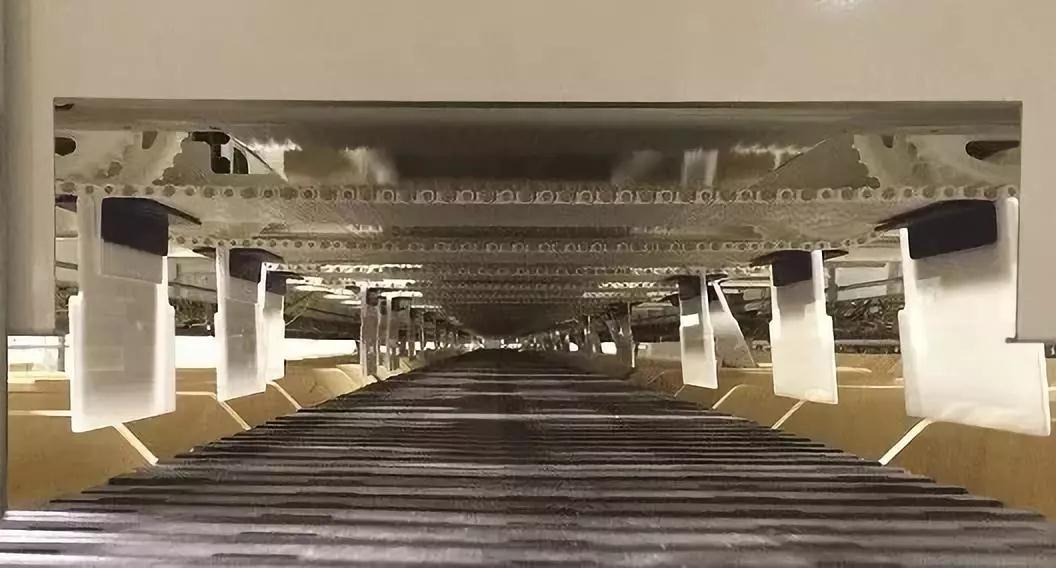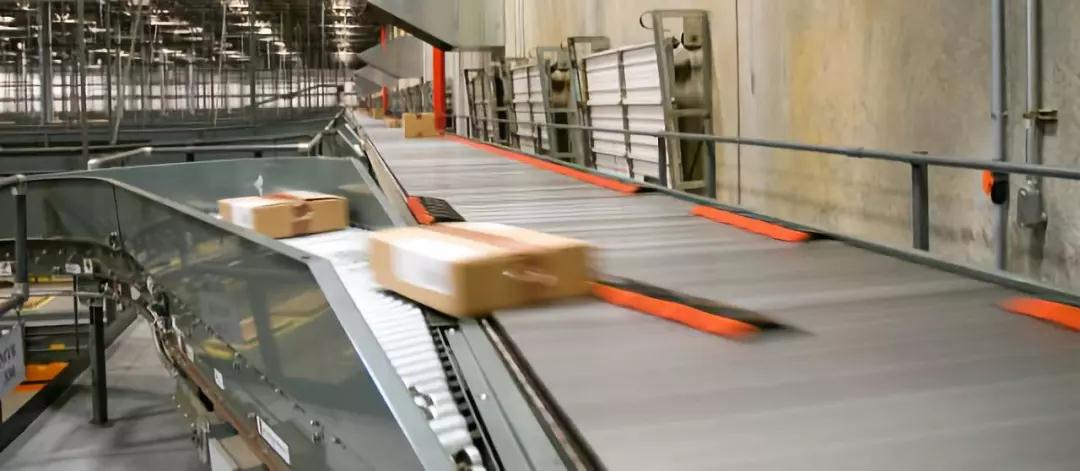How to choose a sorting system based on throughput?
Business growth has forced retailers to continually improve their logistics capabilities to meet the needs of omni-channel order fulfillment. The automated sorting system is the lifeline of the picking center, providing the most efficient solution for cargo transport within the warehouse.
However, there are many sorting systems, how to choose the most suitable solution?
The sorting system must be able to provide sufficient precision and efficiency to meet demand, and all orders must be issued on time and accurately, which is a basic indicator of the sorting system in key customer service, as fast delivery is critical to the customer experience of omni-channel delivery. .
Low throughput application environment - 6000 pieces / hour

The Sweeper Sorter consists of a plurality of modular units mounted above the conveyor, and the objects are pushed into the outlets on the left and right sides of the conveyor belt by the swinging of the sweeping arms. It has the advantage of being able to sort small products in large quantities and being able to deploy a large number of chutes in a compact environment, the efficiency of which has been tested in the postal parcel, e-commerce and pharmaceutical industries. However, the size also limits the sweeper sorter. Due to the height limitation of the sorting module, large cartons and bins are not suitable for the sorting system.
Medium to high throughput environment - 9000 ~ 24000 pieces / hour

The Sliding Shoe Sorter uses a specially designed slider to push a single item stream from the load bearing surface to the conveyor. From large cartons to small plastic bags and mail, it can handle a wide range of sizes and different packaging types. Its one-sided sorting design provides extremely high throughput, and it also features a high-density double-side sorting design with chutes on both the left and right sides for significant space savings and layout flexibility, but with a certain speed and product Size limit.
High throughput environment - 27,000 pieces / hour
The Tilt-tray Sorter uses a series of pallets mounted on a continuously running loop conveyor that feeds the product into a designated chute and transports it to the target outlet. The continuous, flat load-bearing surface enables reliable handling of virtually all products and packaging types from envelopes, plastic bags to large cartons. The turntable sorter is one of the ideal solutions for high-performance, wide-format e-commerce order fulfillment. It can be configured with a large number of sorting outlets to achieve the highest sorting density of all automatic sorting systems, while being easy to expand and run. Low noise, providing an ideal working environment for warehouse employees.
The Cross-belt Sorter uses a series of belt conveyor systems that are perpendicular to the forward direction, making it easy to handle the turn, uphill and downhill of the sorting line, making it an effective solution for a compact space layout. Program. At the same time, relying on Honeywell's Intelligrated Dynamic Sorting Compensation (DDC) technology, it can effectively improve control accuracy and achieve sorting accuracy of up to 99.99%.
other factors:
The throughput of the sorting center is not the only factor to consider. When selecting the appropriate sorting scheme, the following should also be weighed:
Land Space Limits - Many operators are looking for e-commerce-centric solutions that can be deployed in existing facilities, even in back-end warehouses in retail stores. Some sorting techniques are designed to maximize sorting efficiency in a compact space.
Difficulties in maintenance and operation – daily operations and maintenance may vary greatly depending on the sorting technology and equipment supplier. Consider how your employees will operate the equipment and how to maintain the system.
Future expansion - If business expansion is possible in the future, this should be considered at the outset of the project. In terms of speed and location transfer, technology choices and initial system design can limit the potential for future expansion of the facility.
Reprinted from the network


